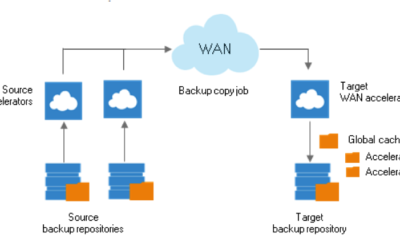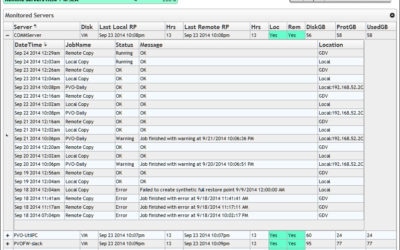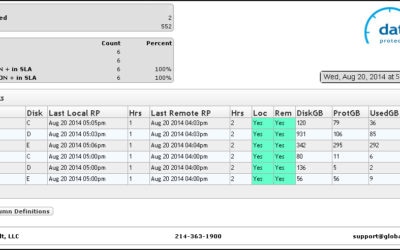Many organizations have annual disaster recovery (DR) test requirements, whether to run production operations from a secondary facility for several days or test the functionality of systems and applications running in a DR facility while production workloads run as usual. Every business should have a disaster recovery plan and perform a DR test, especially with recent virus and ransomware activity.
In the past, disaster recovery was much more complex. However, virtualization and cloud technologies significantly improved DR capabilities and the ability to run workloads in separate or multiple locations. While advantageous, it is crucial to check the functionality of systems, processes, and people resources.
How often should I perform a disaster recovery test?
Your business needs and requirements will determine the testing frequency, but an annual test is usually sufficient for many. It is essential to schedule the test well in advance, especially if it involves a third party. Finding time for all parties as the end of the year approaches will be difficult. If you make significant infrastructure or application changes, it may be worth performing an additional test.
What are the goals of a disaster recovery test?
While you may think the goals of a DR test are obvious, setting objectives helps keep tasks in scope and focused. Implementing a disaster recovery testing plan helps. You want to verify connectivity and application functionality and ensure you have the appropriate users available to assist. Believe it or not, running into problems during your DR test can be a good thing so you can resolve the issues. You do not want to encounter issues during an actual emergency!
Some issues we have discovered while performing DR tests for customers:
- Old, unsupported, or end-of-life operating systems
- Unsupported operating systems that are too new (beta, just released)
- Old versions of virtual machines and hypervisors
- Unpatched servers take a long time to bring up, as they apply patches automatically. (Note: Be sure to follow regular patching practices.)
- Incomplete networking documentation
Disasters can happen at any time. Performing a disaster recovery test allows organizations to prepare ahead of a crisis and remediate issues before a disaster occurs. In addition to applications and systems testing, tests will enable you to fine-tune call trees, identify application owners and stakeholders, and understand the process of turning on DR workloads.
More Disaster Recovery Articles
WAN Acceleration for all Cloud Disaster Recovery Customers
Global Data Vault is adding “WAN Acceleration” for our customers with physical servers – we already provide this for virtual environments and the results have been terrific – in some cases data is now moving 50 times faster. So now we’re adding it for all of our Cloud...
West Coast Companies Prepare Cloud Backup and Disaster Recovery Solutions
Los Angeles is aiming to prepare for the next big earthquake, yet some companies may already be prepared. LA Mayor Eric Garcetti outlined a proposed preparedness plan that would give the city a layer of resiliency when the “Big One” hits, according to NBC, but not...
Restore Point Console
Global Data Vault’s Cloud Disaster Recovery Restore Point Console Our web based portal shows your data protection status with drill downs to the available restore points. The restore point console runs on any browser and is tablet/mobile compatible. What's Shown Here:...
Data Protection Dashboard Provides Easy to Use Status Window
Global Data Vault Web Portal At Global Data Vault, we ensure the quality of your recovery environment through constant monitoring. Nothing is more important to your business operations than your data and the systems that support it. Not only do we monitor your...




0 Comments